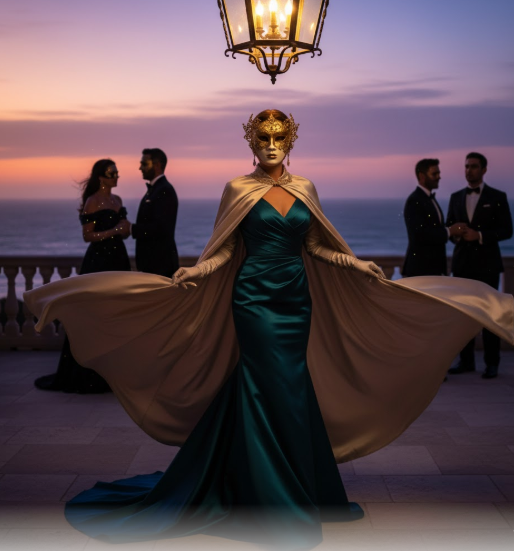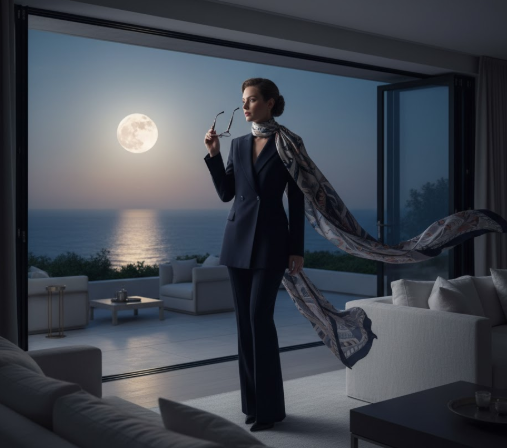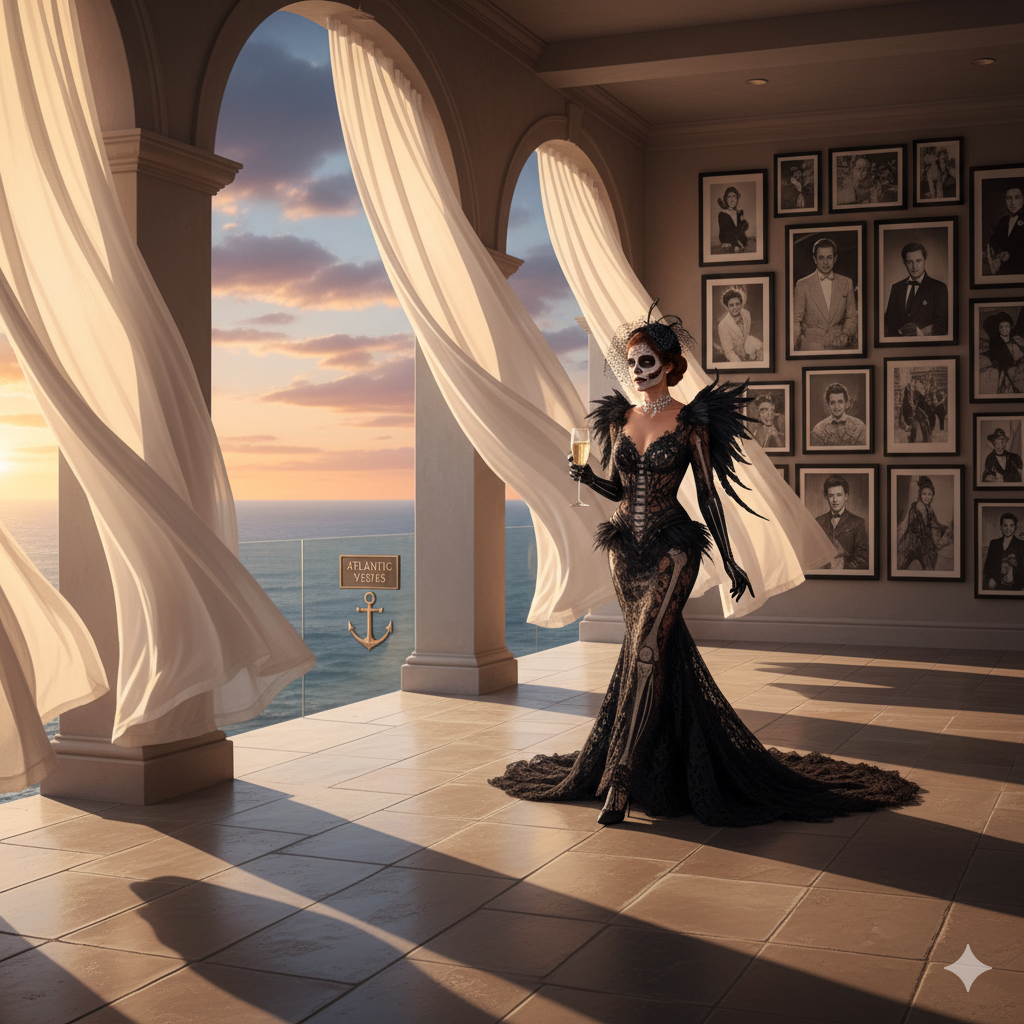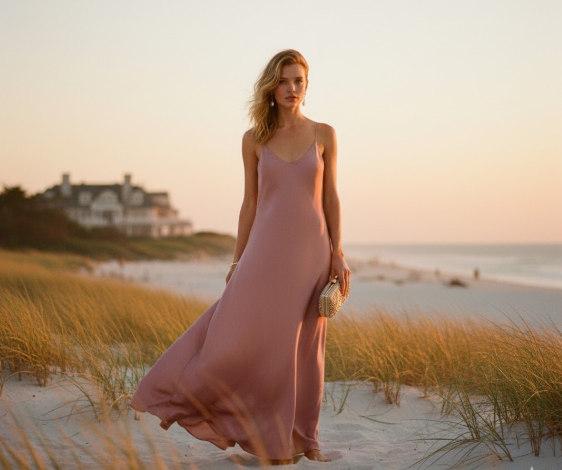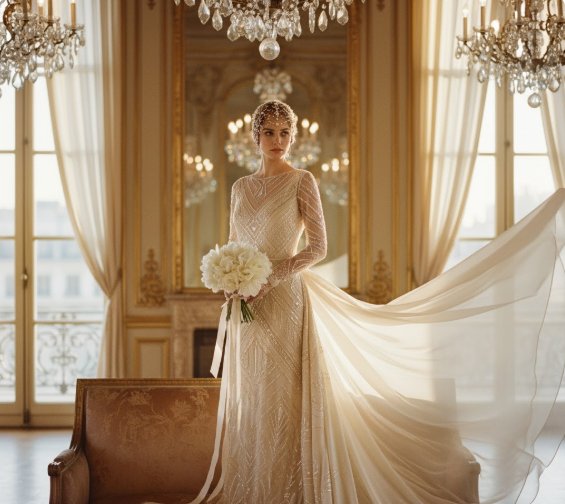Why the Mask Matters
Throughout centuries, masks have been far more than a prop. They served as theatre, ceremony, and power. As the Second Face Costume Museum explains, early designs embodied belief and transformation. Moreover, they gave communities a way to dramatize stories before words ever reached paper.
Today’s creative Halloween costumes revive that energy. Instead of hiding the wearer, the right mask reveals another layer—one that merges art and attitude. Therefore, to choose a mask is to decide what truth you want to perform for a night.
Historical Anchors: Three Iconic Traditions
Consider three defining traditions that shaped mask culture. The Venetian Carnival used anonymity to liberate. Meanwhile, London’s eighteenth-century masquerades—brilliantly chronicled in Masquerade and Civilization by Terry Castle—blurred class lines through elegance and flirtation. Beyond Europe, ritual masks in ancient societies, documented by the Mask Museum, united art, myth, and spirituality.
Taken together, these legacies remind us that a mask can liberate identity, not confine it. As a result, a costume rooted in historical meaning always carries more presence than one borrowed from pop culture.
Framework: Building the Masked Costume
Start by selecting your reference period, then identify a mask shape—half-mask, full-face, or feathered. Next, translate that concept into colour, texture, and silhouette. Afterwards, incorporate pieces from your wardrobe and rehearse your entrance. For instance, a Venetian bauta inspires a white mask, black cape, and sharp tailoring—a study in restraint and drama.
In addition, each design decision should echo a story. When costume and narrative align, even a simple ensemble gains theatrical power.
Researching Your Mask: Material and Symbolism
According to Joseph Gregor’s Masks of the World, materials convey meaning. Leather suggests endurance, gilded papier-mâché signals prestige, and plaster implies fragility. Moreover, understanding these associations helps you choose materials that express intention as well as taste.
Historically, masks bridged mortal and divine, turning ordinary faces into emblems. Therefore, when you recreate them for Halloween, you’re not just copying an object—you’re reviving a conversation with time itself.
Designing for Runway Impact
The Hamptons aesthetic prizes poise over spectacle. Your mask should align with silhouette, posture, and lighting. Think about how dusk glows on metallic paint or how candlelight flickers across silk. For visual balance, review Social Life Magazine’s Hamptons White Party Looks, which demonstrate restraint turned radiant.
Furthermore, coordinate your palette with the setting—sea breeze, lantern light, champagne tones. When costume and context harmonize, the result feels intentional rather than theatrical.
From Archive to Closet: Translating History into Style
Consult Theatre Masks Out Side In for insight into historical construction. Then, reinterpret it through your wardrobe. Perhaps a structured blazer mirrors a seventeenth-century guard’s uniform, or a velvet cape nods to Tudor pageantry. By re-staging the past with modern tailoring, you produce a costume that feels both learned and alive.
Moreover, this act of adaptation echoes fashion’s essence: continual dialogue between yesterday and today.
Presentation and Embodiment
Dr. Lucy Worsley famously becomes the subject she describes; her method applies here. Don’t merely wear a Marie Antoinette mask—carry her grace, her curiosity, her awareness of performance. Likewise, a Greek tragedy mask invites physical precision: gestures slow, pauses deliberate. In short, the body animates what the mask begins.
Once you inhabit the role, costume turns to character. Consequently, your audience experiences history, not imitation.
Practicalities: Fit and Function
Elegance must meet comfort. Poor visibility or breathability can undo even the finest design. Historically, masks balanced spectacle and wearability; modern costumers should do the same. Line the interior with silk ribbon, secure straps discreetly, and ensure the mask follows facial contour. Additionally, test movement under light—what gleams on the terrace should not glare in flash photography.
Sustainability and Reinvention
Because fine materials outlast trends, invest wisely. A half-mask can later accent a gala look; a brocade cloak reappears at winter soirées. Moreover, this practice aligns with ethical fashion—luxury expressed through reuse rather than excess. Sustainability, therefore, becomes not restriction but refinement.
Measuring Success: When History Speaks
Success isn’t the number of compliments; it’s recognition. When guests ask not “Who are you?” but “When are you from?”, you know the illusion works. In that moment, costume becomes storytelling. The eye sees detail, but the mind perceives narrative—and that’s the highest artistry.
Final Thoughts: Wearing Time Itself
Ultimately, the art of the mask creative Halloween costumes inspired by history’s most iconic looks lies in embodiment. You borrow from centuries yet broadcast your own era. Although the mask conceals, your confidence reveals. So wear history lightly, perform it sincerely, and let the evening remember you long after midnight fades.

